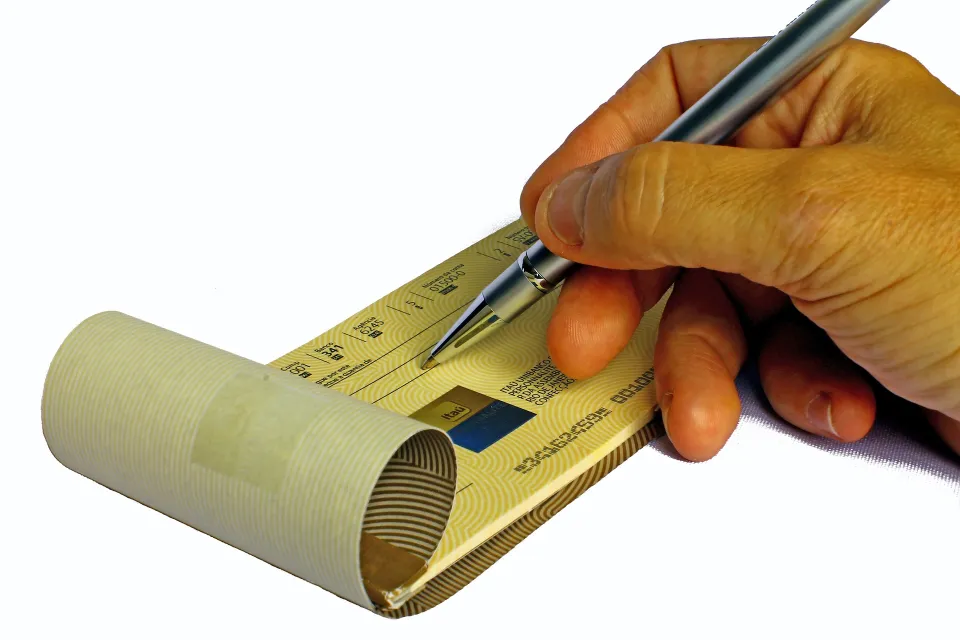Table of Contents
Checks are financial instruments that are still used, but you must be careful how to fill them.
It’s easy to fall for fake check scams, so people can find more information on the subject. But you can also fall into fraud if you have a checkbook and do not take care of filling it.
Although more and more are in disuse, they are still far from extinction. According to Qualtrics, 42% of millennials write checks, so understanding how to write one is important so it’s not a vehicle for your personal account to be defunded.
According to Tally’s blog, you should never be without:
1. Date the check
It will seem absurd, but the first step and that you could forget it is to date the check. If you don’t, the bank can’t cash or deposit it. Fill it out in the top right corner of the check where it says “Date.”
You must be clear with day, month and year, and write them completely. Also, you cannot write a future date or a very past date because otherwise it might not be payable. The importance of writing the complete date, especially the year, is precisely to avoid fraud. For example, if you write “10/02/20”, you can allow the sender to fill it in with a more convenient date such as “10/02/2021”, which would make it payable later.
2. Add the beneficiary
“Pay to the order of” is where the payee’s name should be placed and is located below the date on the long left line of the check.
You should always write, legibly, the full name of the person or company you are paying. Before filling it out, you must confirm how it is written, the error in a letter could mean giving it to someone else or not charging as it should.
3. Fill in the number and in words
To the right of the beneficiary there is a small box or line with a dollar sign ($), where you must numerically write the exact amount in dollars and cents, for example $100.85 dollars. One way to avoid decimal point confusion, which could cause you to pay many more dollars than intended, is to indicate cents with a slash over 100, which would be $100. 85/100.
It is essential that the numbers of the amount are as close to the dollar sign as possible, thus preventing a scammer from adding more numbers to the front, such as going from paying a check with $100.85 dollars to one with $1,100.85 dollars.
Then, below the payee line on the far right is a long line that says “Dollars.” In it you must write legibly the amount that is indicated in number on the back. The rule indicates that the amount of dollars is indicated with letters, but the cents with numbers. It would look like this: “one hundred dollars and 85/100”.
To avoid cheating, draw a straight or squiggly line to fill in the empty space between the end of your writing and the end of the line. This way you prevent the scammer from being able to add more numbers to the amount and mark it on your check.
4. Add information in the note
At the bottom left of all checks is a short line with the word “Memo” or “For” printed on it. Although this line is optional, filling it out can help you in many ways. It is usually used to mention the concept for which the payment is made. Examples: “groceries”, “carpentry”, “household services”, “Down payment for a car”, among others.
5. Sign the check
At the bottom right of your check is one last line, which may not have a callsign, but is intended for your signature.
No check is valid without the account holder signing it. The rubric you use must be exactly the same as the one you used when you opened the account. If you put in your full legal name or used initials at the time, the check must match it.
And as much as you see it in the movies, you should never leave your checkbook anywhere or write a blank check. Keep track of your checks to prevent them from being lost and, above all, from getting lost.
